Online Class: STEAM — Integrating the Arts with STEM

-
15Lessons
-
21Exams &
Assignments -
5Hours
average time -
0.5CEUs
Course Description
In the rapidly evolving world where innovation is key, the boundaries between disciplines blur, creating a vibrant sphere where creativity meets precision, art meets science, and emotion meets exactness. Welcome to "STEAM: Integrating the Arts with STEM," where we invite you to embark on a transformative journey—a journey that doesn't just educate, but fundamentally transforms how you perceive the world.
Imagine a learning experience where the right side of your brain is as engaged as the left, where analytical prowess is balanced by creative exploration, where numbers dance with colors and logic intertwines with emotion. This is not a mere course; it is an odyssey that redefines learning and equips you with the superpower of interdisciplinary thinking.
Why linger in silos when the world is interconnected? Step into our unique curriculum that exquisitely blends Science, Technology, Engineering, Arts, and Mathematics into a harmonious symphony. Here, you won't just learn facts; you'll discover how to weave disparate elements into a tapestry of innovation and insight. From harnessing the potential of virtual reality to crafting narratives through data visualization, you will see dimensions you never knew existed.
Consider, for instance, how a piece of music or a painting can explain complex mathematical theories or how the beauty in engineering can elevate a simple bridge into a masterpiece. You'll delve into arenas where technology and artistic fields converge, crafting not just objects but experiences that captivate and educate. Our course offers this profound alignment of disciplines, illustrating how beauty and function can integrate seamlessly, much like the Roman aqueducts that still stand today—a testament to this timeless intersection.
But what truly sets this course apart? It's the way it connects lived history with modern application. As you traverse the pages of history, revisiting Leonardo da Vinci's anatomical sketches or the narrative artistry of Indigenous knowledge systems, you'll draw parallels to today's biggest scientific and environmental challenges. Each lesson is a stepping stone, enriching your understanding of how these seemingly disparate elements come together to solve problems creatively and effectively.
You see, innovation is not about working harder; it's about thinking differently. By nurturing your ability to visualize scientific ideas, engage empathetically, and communicate with compelling narratives, this course unlocks a new dimension of problem-solving where creativity and logic coexist. Imagine developing the skills to turn raw data sets into powerful stories that engage and inform. Envision immersing yourself in projects like interactive art, where your audience doesn't just observe, but becomes an active participant.
This journey also respects the wisdom of past generations, integrating traditional knowledge with modern STEM applications. By engaging with Indigenous methodologies, you begin to see the world through a kaleidoscope of insights, preparing you to tackle global issues with cultural sensitivity and innovative thinking.
Moreover, the intersection of art and physics in fields like film and dance unveils layers of unseen collaboration and precision. Picture the elegance of a dancer, their movements etched in mathematical exactness, or the artistic illusions in cinema crafted with scientific precision—and recognize how much more vibrant, more engaging, more robust your approach to STEM and the arts can become.
By the time this course concludes, you won't just be enriched academically; you'll be transformed personally. You will leave with a mindset that is not only capable of crossing boundaries but sees those boundaries as opportunities for invention and change.
So why settle for separating creativity from science, or art from technology? In "STEAM: Integrating the Arts with STEM," you're not just taking a course; you're embarking on a narrative of discovery and innovation. Enroll today and transform not only your career potential but how you engage with the world. Here's to the future you—creative, innovative, and ready to redefine the realms of possibility. Join us, and see the world in colors and patterns yet unseen.
- Business
- Business Ethics Courses
- Harassment Prevention Courses
- Human Resources Certifications
- Management
- Aromatherapy Courses
- Caregiver Courses
- Career Development Courses
- Communications Courses
- Confidence and Self Esteem Courses
- Healing
- Human Anatomy Courses
- Medical Skills
- Health & Medicine
- Nutrition
- Marketing
- Microsoft Office Certification Courses
- Life Coaching Courses
- Self-Improvement
- Small Business Certifications
- Safety
- Writing Improvement
- Business Writing Courses
Course Lessons
Lesson 1. Redefining Interfaces: Art in Technology
 Review Practice Worksheet: Lesson-1-HomeWork-16463.pdf
Review Practice Worksheet: Lesson-1-HomeWork-16463.pdf Lesson discussions: Reasons for Taking this Course
Lesson discussions: Reasons for Taking this Course Complete: Lesson 1 Activity
Complete: Lesson 1 Activity Assessment: Lesson 1 Review Exam
Assessment: Lesson 1 Review Exam
Lesson 2. Dancing in Time: The Role of Time Signatures in Music
 Review Practice Worksheet: Lesson-2-Activity-16465.pdf
Review Practice Worksheet: Lesson-2-Activity-16465.pdf Complete: Lesson 2 Activity
Complete: Lesson 2 Activity Assessment: Lesson 2 Review Exam
Assessment: Lesson 2 Review Exam
Lesson 3. Aesthetic Principles in Engineering Design
 Review Practice Worksheet: Lesson-3-Activity-16468.pdf
Review Practice Worksheet: Lesson-3-Activity-16468.pdf Assessment: Lesson 3 Review Exam
Assessment: Lesson 3 Review Exam
Lesson 4. The Canvas of Life: How Biology and Art Inform and Enhance Each Other
 Review Practice Worksheet: Lesson-4-Downloadable-16471.pdf
Review Practice Worksheet: Lesson-4-Downloadable-16471.pdf Complete: Lesson 4 Activity
Complete: Lesson 4 Activity Assessment: Lesson 4 Review Exam
Assessment: Lesson 4 Review Exam
Lesson 5. Storytelling in STEM
 Review Practice Worksheet: Lesson-5-Activity-16474.pdf
Review Practice Worksheet: Lesson-5-Activity-16474.pdf Assessment: Lesson 5 Review Exam
Assessment: Lesson 5 Review Exam
Lesson 6. Revolutionizing Creativity: The Technological Evolution of Interactive Art
 Review Practice Worksheet: Lesson-6-WorkSheet-16477.pdf
Review Practice Worksheet: Lesson-6-WorkSheet-16477.pdf Complete: Lesson 6 Activity
Complete: Lesson 6 Activity Assessment: Lesson 6 Review Exam
Assessment: Lesson 6 Review Exam
Lesson 7. Fostering Innovation Through STEAM: A Convergence of Creativity and Science
 Review Practice Worksheet: Lesson-7-Downloadable-16479.pdf
Review Practice Worksheet: Lesson-7-Downloadable-16479.pdf Assessment: Lesson 7 Review Exam
Assessment: Lesson 7 Review Exam
Lesson 8. Math Meets Creativity: The Geometry of Art
 Review Practice Worksheet: Lesson-8-HomeWork-16481.pdf
Review Practice Worksheet: Lesson-8-HomeWork-16481.pdf Complete: Lesson 8 Activity
Complete: Lesson 8 Activity
Lesson 9. Data Visualization: Bridging Numbers and Narrative
 Review Practice Worksheet: Lesson-9-WorkSheet-16483.pdf
Review Practice Worksheet: Lesson-9-WorkSheet-16483.pdf Complete: Lesson 9 Activity
Complete: Lesson 9 Activity Assessment: Lesson 9 Review Exam
Assessment: Lesson 9 Review Exam
Lesson 10. The Physics Behind Dance: Harmonizing Art and Science
 Review Practice Worksheet: Lesson-10-WorkSheet-16486.pdf
Review Practice Worksheet: Lesson-10-WorkSheet-16486.pdf Assessment: Lesson 10 Review Exam
Assessment: Lesson 10 Review Exam
Lesson 11. Art Meets Tech: A Brief History
 Review Practice Worksheet: Lesson-11-WorkSheet-16489.pdf
Review Practice Worksheet: Lesson-11-WorkSheet-16489.pdf Complete: Lesson 11 Activity
Complete: Lesson 11 Activity Assessment: Lesson 11 Review Exam
Assessment: Lesson 11 Review Exam
Lesson 12. Gravity and Film: Where Science Enhances Art
 Review Practice Worksheet: Lesson-12-HomeWork-16491.pdf
Review Practice Worksheet: Lesson-12-HomeWork-16491.pdf Assessment: Lesson 12 Review Exam
Assessment: Lesson 12 Review Exam
Lesson 13. Eco-Art: Fusing Science with Creativity
 Review Practice Worksheet: Lesson-13-WordSearch-16494.pdf
Review Practice Worksheet: Lesson-13-WordSearch-16494.pdf Assessment: Lesson 13 Review Exam
Assessment: Lesson 13 Review Exam
Lesson 14. The Interdisciplinary Magic of Modern Theater
 Review Practice Worksheet: Lesson-14-WordSearch-16497.pdf
Review Practice Worksheet: Lesson-14-WordSearch-16497.pdf Assessment: Lesson 14 Review Exam
Assessment: Lesson 14 Review Exam
Lesson 15. Harnessing Traditional Knowledge for Modern STEM Solutions
 Review Practice Worksheet: Lesson-15-Downloadable-16500.pdf
Review Practice Worksheet: Lesson-15-Downloadable-16500.pdf Lesson discussions: End of Course Poll; Course Comments
Lesson discussions: End of Course Poll; Course Comments Assessment: Lesson 15 Review Exam
Assessment: Lesson 15 Review Exam
Learning Outcomes
- Demonstrate how color theory influences user engagement by designing a simple user interface that effectively uses colors to evoke specific emotions.
- Explain the impact of typography in technology design by identifying font choices that enhance readability and set the tone for various digital applications.
- Demonstrate the ability to visually represent polyrhythmic structures and interpret their mathematical relationships within complex time signatures like 7/8.
- Identify rhythmic patterns within various time signatures, such as 4/4 and 3/4, and describe their mathematical structures and variations.
- Analyze and evaluate the impact of aesthetic elements on functionality and user experience in a specific product, such as a smartphone or vehicle.
- Demonstrate the ability to identify and apply aesthetic principles such as symmetry, balance, and contrast in engineering design projects.
- Demonstrate the ability to create a visual project that accurately represents a biological concept, integrating scientific research and artistic techniques.
- Identify how interdisciplinary approaches between biology and art can foster innovative problem-solving and enhance understanding of complex systems.
- Define the role of characters in conveying complex scientific concepts through storytelling by creating a fictional narrative that incorporates a prominent scientist as a key figure.
- Demonstrate the ability to integrate technological tools such as AR and VR to develop an interactive narrative project, enhancing the understanding of scientific phenomena.
- Demonstrate understanding of the interplay between technology and creativity in interactive art by creating a concept for an installation that utilizes sensors and software for audience engagement.
- Define the historical evolution of interactive art from the 1950s to the present, identifying key technological advancements and artistic contributions.
- Recognize the role of visual thinking in enhancing comprehension and creativity by utilizing artistic techniques like mind mapping and storyboarding in STEAM subjects.
- Demonstrate mastery of lesson content at levels of 70% or higher.
Additional Course Information

- Document Your Lifelong Learning Achievements
- Earn an Official Certificate Documenting Course Hours and CEUs
- Verify Your Certificate with a Unique Serial Number Online
- View and Share Your Certificate Online or Download/Print as PDF
- Display Your Certificate on Your Resume and Promote Your Achievements Using Social Media

Related Courses
-
 3 hours
0.3 CEUs
Agile and Scrum Fundamentals
+ More Info
3 hours
0.3 CEUs
Agile and Scrum Fundamentals
+ More Info
-
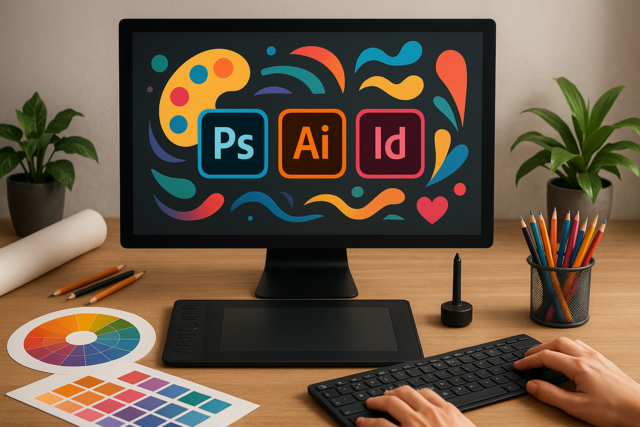 6 hours
0.6 CEUs
Introduction to Graphic Design Tools
+ More Info
6 hours
0.6 CEUs
Introduction to Graphic Design Tools
+ More Info
-
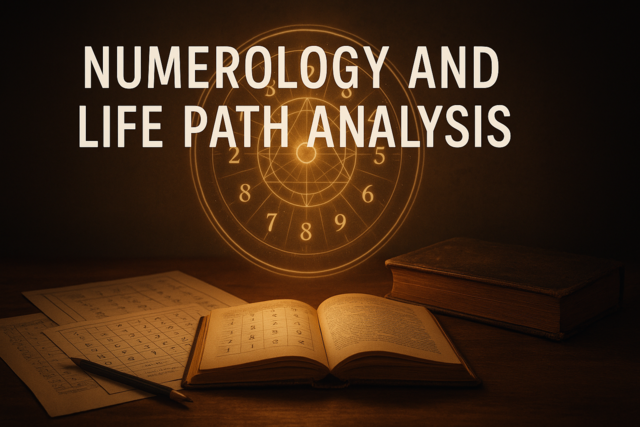 6 hours
0.6 CEUs
Numerology and Life Path Analysis
+ More Info
6 hours
0.6 CEUs
Numerology and Life Path Analysis
+ More Info
-
 7 hours
0.7 CEUs
Remote Work Best Practices
+ More Info
7 hours
0.7 CEUs
Remote Work Best Practices
+ More Info
-
 7 hours
0.7 CEUs
Vintage Visions: Integrating Past Styles in Modern Luxury
+ More Info
7 hours
0.7 CEUs
Vintage Visions: Integrating Past Styles in Modern Luxury
+ More Info
-
 3 hours
0.3 CEUs
Empowering Students through Self-Assessment
+ More Info
3 hours
0.3 CEUs
Empowering Students through Self-Assessment
+ More Info
-
 3 hours
0.3 CEUs
Customer Service Excellence
+ More Info
3 hours
0.3 CEUs
Customer Service Excellence
+ More Info
-
 7 hours
0.7 CEUs
Iconoclasts of Style: Revolutionary Figures in Modern Fashion
+ More Info
7 hours
0.7 CEUs
Iconoclasts of Style: Revolutionary Figures in Modern Fashion
+ More Info
-
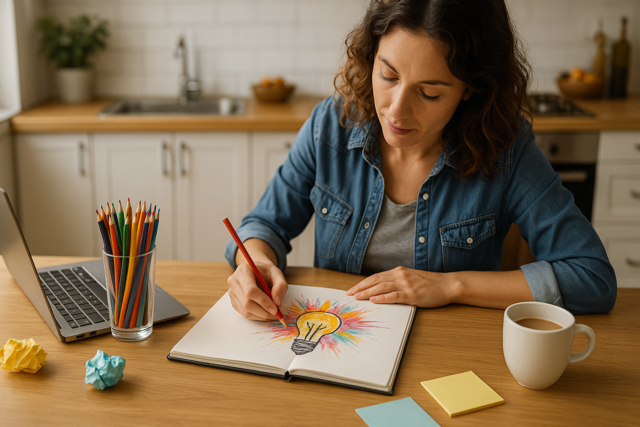 4 hours
0.4 CEUs
Applying Creativity in Everyday Life
+ More Info
4 hours
0.4 CEUs
Applying Creativity in Everyday Life
+ More Info
-
 5 hours
0.5 CEUs
Advanced Excel for Data Management
+ More Info
5 hours
0.5 CEUs
Advanced Excel for Data Management
+ More Info
-
 3 hours
0.3 CEUs
Team Building and Collaboration
+ More Info
3 hours
0.3 CEUs
Team Building and Collaboration
+ More Info
-
 4 hours
0.4 CEUs
The Giving Relationship: Balancing Support and Independence
+ More Info
4 hours
0.4 CEUs
The Giving Relationship: Balancing Support and Independence
+ More Info
-
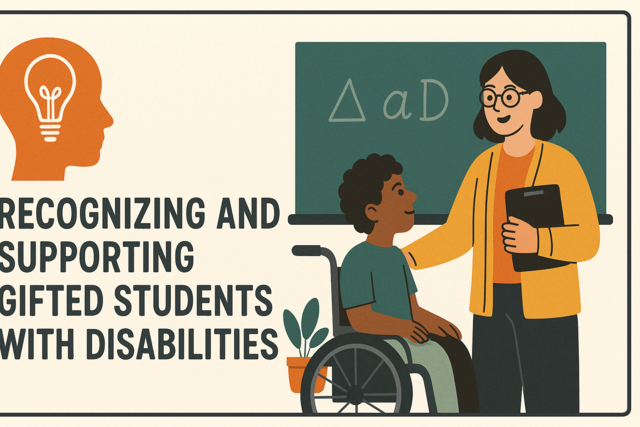 5 hours
0.5 CEUs
Recognizing and Supporting Gifted Students with Disabilities
+ More Info
5 hours
0.5 CEUs
Recognizing and Supporting Gifted Students with Disabilities
+ More Info
-
 7 hours
0.7 CEUs
Developing and Maintaining Healthy Habits
+ More Info
7 hours
0.7 CEUs
Developing and Maintaining Healthy Habits
+ More Info
-
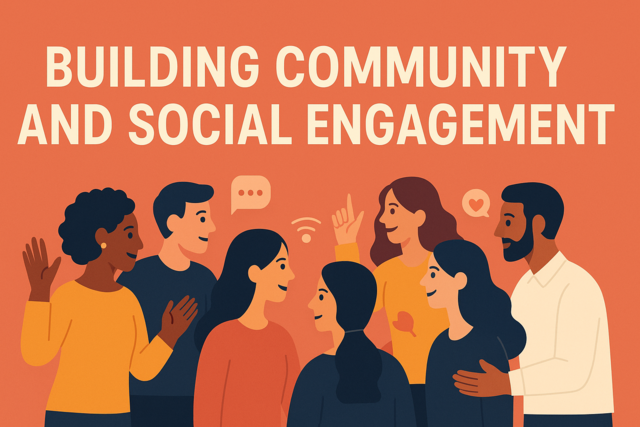 7 hours
0.7 CEUs
Building Community and Social Engagement
+ More Info
7 hours
0.7 CEUs
Building Community and Social Engagement
+ More Info
-
 7 hours
0.7 CEUs
Research Frontiers: Contemporary Studies in Trauma and Recovery
+ More Info
7 hours
0.7 CEUs
Research Frontiers: Contemporary Studies in Trauma and Recovery
+ More Info
-
 6 hours
0.6 CEUs
Boundaries and Balance: Essential Insights for Healthy Relationships
+ More Info
6 hours
0.6 CEUs
Boundaries and Balance: Essential Insights for Healthy Relationships
+ More Info
-
 7 hours
0.7 CEUs
Mysteries of the Unexplained
+ More Info
7 hours
0.7 CEUs
Mysteries of the Unexplained
+ More Info
-
 4 hours
0.4 CEUs
Developing Individualized Education Programs (IEPs): Best Practices
+ More Info
4 hours
0.4 CEUs
Developing Individualized Education Programs (IEPs): Best Practices
+ More Info
-
 4 hours
0.4 CEUs
Enhancing Student Engagement and Motivation
+ More Info
4 hours
0.4 CEUs
Enhancing Student Engagement and Motivation
+ More Info
-
 3 hours
0.3 CEUs
Preparing Special Education Students for Standardized Tests
+ More Info
3 hours
0.3 CEUs
Preparing Special Education Students for Standardized Tests
+ More Info
-
 3 hours
0.3 CEUs
Digital Organization and File Management
+ More Info
3 hours
0.3 CEUs
Digital Organization and File Management
+ More Info
-
 3 hours
0.3 CEUs
Creating and Maintaining Personal Boundaries
+ More Info
3 hours
0.3 CEUs
Creating and Maintaining Personal Boundaries
+ More Info
-
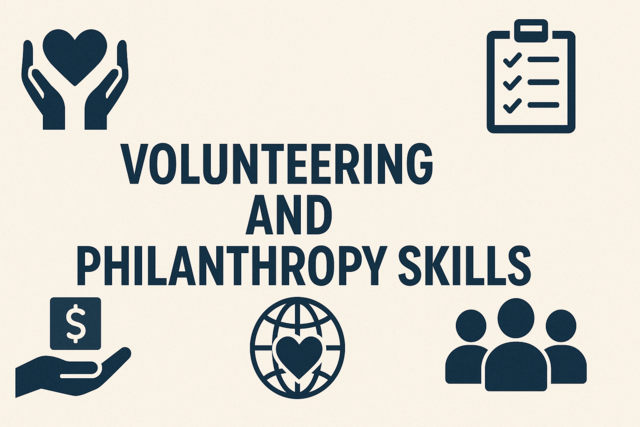 7 hours
0.7 CEUs
Volunteering and Philanthropy Skills
+ More Info
7 hours
0.7 CEUs
Volunteering and Philanthropy Skills
+ More Info
-
 6 hours
0.6 CEUs
Enhancing Customer Service Skills in the Office
+ More Info
6 hours
0.6 CEUs
Enhancing Customer Service Skills in the Office
+ More Info
-
 3 hours
0.3 CEUs
The Role of Peer Support in Trauma Recovery: Building Community and Resilience
+ More Info
3 hours
0.3 CEUs
The Role of Peer Support in Trauma Recovery: Building Community and Resilience
+ More Info
-
 6 hours
0.6 CEUs
Introduction to Data Analytics
+ More Info
6 hours
0.6 CEUs
Introduction to Data Analytics
+ More Info
-
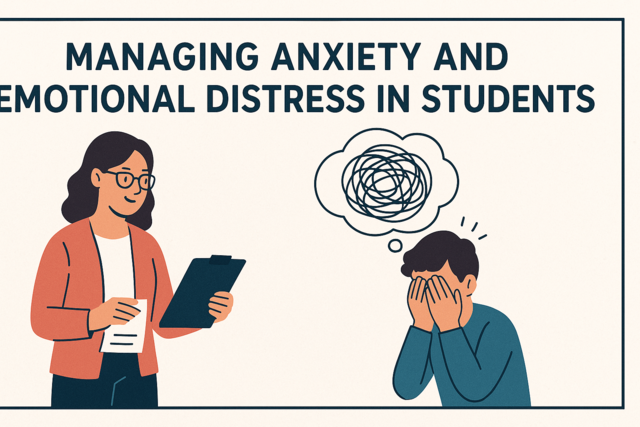 6 hours
0.6 CEUs
Managing Anxiety and Emotional Distress in Students
+ More Info
6 hours
0.6 CEUs
Managing Anxiety and Emotional Distress in Students
+ More Info
-
 7 hours
0.7 CEUs
Blended Learning Models in Schools
+ More Info
7 hours
0.7 CEUs
Blended Learning Models in Schools
+ More Info
-
 5 hours
0.5 CEUs
Creating a Safe and Supportive Learning Environment
+ More Info
5 hours
0.5 CEUs
Creating a Safe and Supportive Learning Environment
+ More Info
-
 6 hours
0.6 CEUs
Workplace Safety and Health Awareness
+ More Info
6 hours
0.6 CEUs
Workplace Safety and Health Awareness
+ More Info
-
 7 hours
0.7 CEUs
Healthy Lifestyle and Fitness Habits
+ More Info
7 hours
0.7 CEUs
Healthy Lifestyle and Fitness Habits
+ More Info
-
 7 hours
0.7 CEUs
Spiritual Awakening and Self-Discovery
+ More Info
7 hours
0.7 CEUs
Spiritual Awakening and Self-Discovery
+ More Info
-
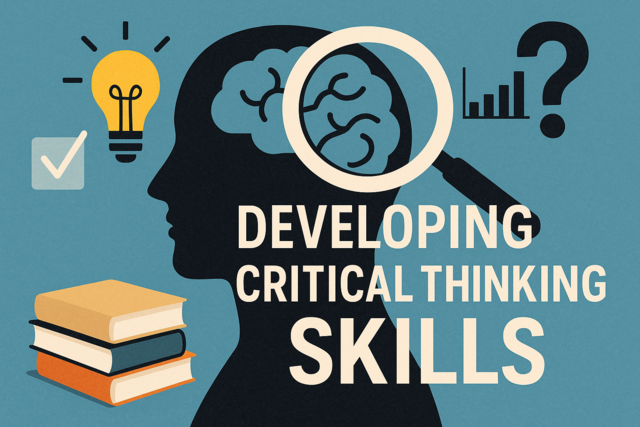 5 hours
0.5 CEUs
Developing Critical Thinking Skills
+ More Info
5 hours
0.5 CEUs
Developing Critical Thinking Skills
+ More Info
-
 7 hours
0.7 CEUs
Mastering Time Management for Professionals
+ More Info
7 hours
0.7 CEUs
Mastering Time Management for Professionals
+ More Info
-
 4 hours
0.4 CEUs
Esoteric Traditions and Ancient Wisdom
+ More Info
4 hours
0.4 CEUs
Esoteric Traditions and Ancient Wisdom
+ More Info
-
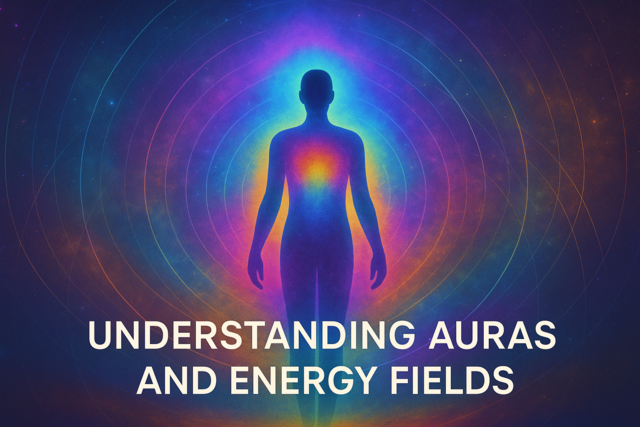 4 hours
0.4 CEUs
Understanding Auras and Energy Fields
+ More Info
4 hours
0.4 CEUs
Understanding Auras and Energy Fields
+ More Info
-
 4 hours
0.4 CEUs
Time Management Mastery
+ More Info
4 hours
0.4 CEUs
Time Management Mastery
+ More Info
-
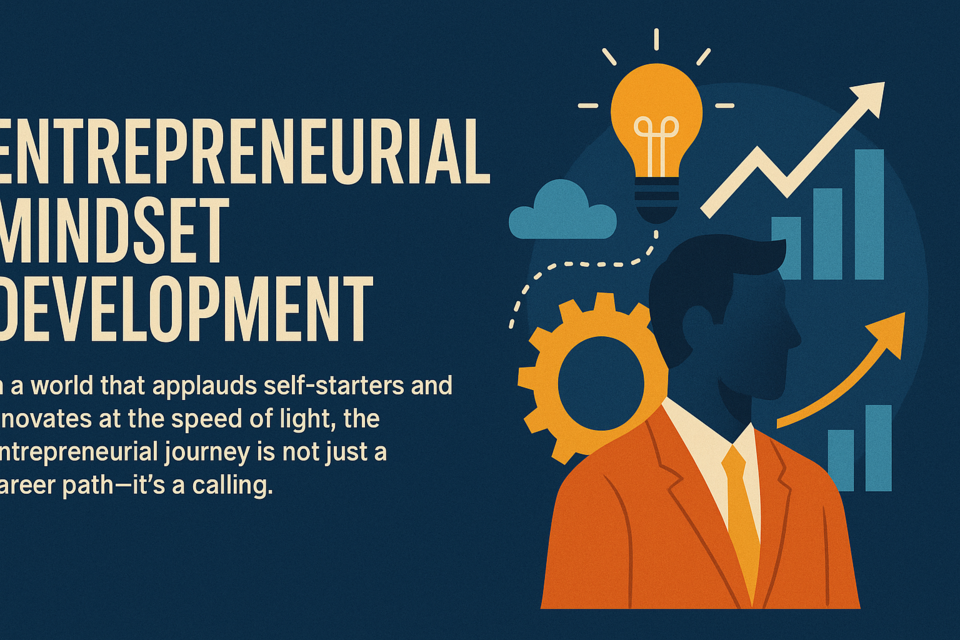 7 hours
0.7 CEUs
Entrepreneurial Mindset Development
+ More Info
7 hours
0.7 CEUs
Entrepreneurial Mindset Development
+ More Info
-
 5 hours
0.5 CEUs
Advanced Customer Relationship Management
+ More Info
5 hours
0.5 CEUs
Advanced Customer Relationship Management
+ More Info




